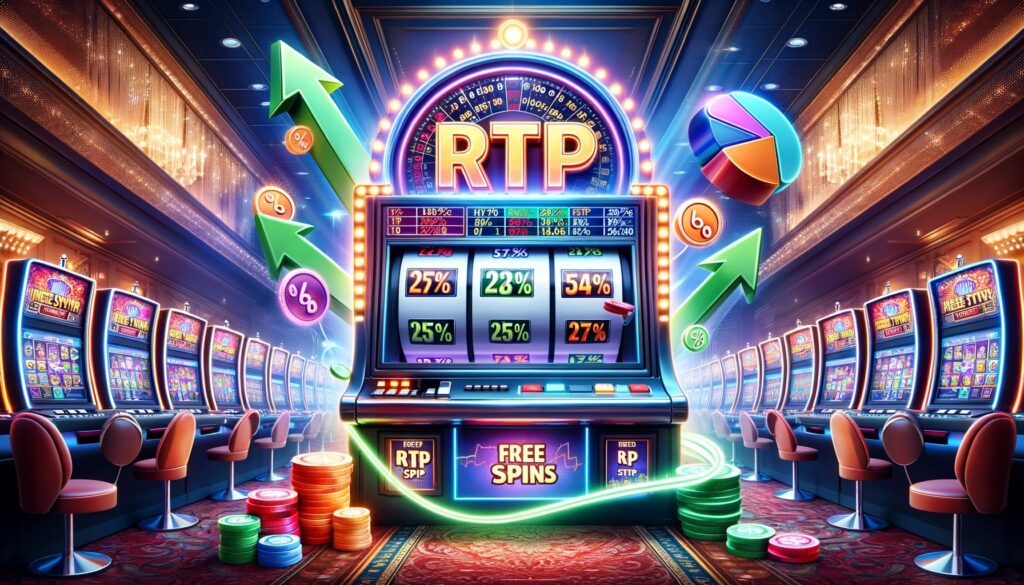When it comes to playing slots, many players focus on flashy graphics, exciting themes, or big jackpot potential. However, one of the most important factors that determine your likelihood of winning lies in a technical term known as RTP, or Return to Player. Understanding how slot RTP affects your gameplay can help you make smarter decisions and manage your expectations.
What Is Slot RTP?
RTP stands for Return to Player, and it represents the percentage of all wagered money that a slot machine is expected to return to players over time. For instance, a slot with an RTP of 96% means that, on average, for every $100 wagered, $96 is returned to players as winnings. The remaining $4 represents the house edge, which is the casino’s profit margin.
It’s crucial to remember that RTP is calculated over the long term and thousands or even millions of spins. It does not guarantee that you will win a specific amount in a short session, but it provides a statistical benchmark of a slot’s payout potential.
How RTP Influences Your Chance to Win
While RTP gives an idea of the slot’s generosity, it doesn’t directly determine individual wins. Here’s how it affects your chances:
1. Higher RTP Means Better Long-Term Odds
Slots with higher RTP percentages typically give players better long-term returns. For example, a slot with a 98% RTP is statistically more favorable than one with a 92% RTP. Over extended play, the higher RTP slot will return more money to the player, reducing losses compared to lower RTP options.
2. RTP and Volatility Work Together
It’s important to consider volatility alongside RTP. Volatility (or variance) measures the risk level of a slot. High volatility slots may pay out less frequently but offer bigger wins, while low volatility slots provide smaller, more regular payouts. Even a slot with a high RTP can be unpredictable if it has high volatility. Understanding this relationship can help you choose a slot that fits your risk tolerance and playing style.
3. Short-Term Wins Are Still Random
RTP is based on statistical averages, so it doesn’t guarantee short-term results. A player might hit a big win or lose quickly regardless of the slot’s RTP. This randomness is why gambling should always be approached with entertainment in mind rather than a guaranteed income strategy.
Choosing the Right Slot Based on RTP
When selecting a slot, look for games with an RTP above 95% if your goal is to maximize potential returns. Many modern video slots display their RTP in the game information or paytable. Combining this knowledge with volatility and personal preferences will give you a better chance of enjoying longer, more strategic play sessions.
Conclusion
Slot RTP is a critical factor that can help you understand the potential of your gameplay and make more informed choices. While it doesn’t promise instant wins, higher RTP slots generally provide better long-term returns, especially when paired with a volatility level that suits your style. By factoring in RTP, players can approach slots with a strategic mindset, balancing fun with smart risk management.

